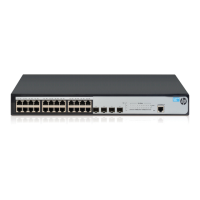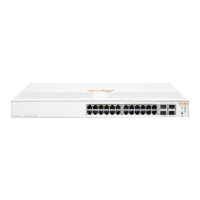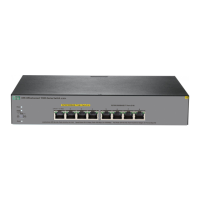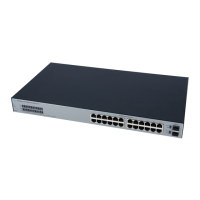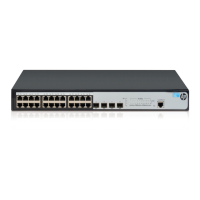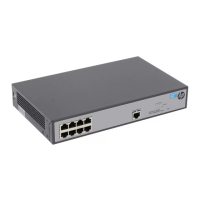398
• To implement extended portal functions, install and configure IMC EAD, and make sure the ACLs
configured on the access device correspond to those specified for the resources in the quarantined
area and for the restricted resources on the security policy server. On the access device, the security
policy server address is the same as the authentication server address. For more information about
security policy server configuration on the access device, see "Configuring RADIUS."
Recommended configuration procedure for Layer 2 portal
authentication
Ste
1. Configuring the Layer 2
portal service
Required.
Configure a local portal server, apply the portal server to a Layer 2
interface, and configure the Layer 2 portal authentication parameters.
By default, no local portal server is configured.
IMPORTANT:
To ensure normal operation of portal authentication on a Layer 2 interface, do
not configure port security or guest VLAN of 802.1X on the interface.
2. Configuring advanced
parameters for portal
authentication
Optional.
Configure Web proxy server ports, an auto redirection URL, the time that
the device must wait before redirecting an authenticated user to the auto
redirection URL, and the portal user moving function.
3. Configuring a portal-free
rule
Optional.
Configure a portal-free rule, specifying the source and destination
information for packet filtering
A portal-free rule allows specified users to access specified external
websites without portal authentication. Packets matching a portal-free rule
do not trigger portal authentication and the users can directly access the
specified external websites.
By default, no portal-free policy is configured.
Recommended configuration procedure for Layer 3 portal
authentication
Ste
1. Configuring the Layer 3
portal service
Required.
Configure a portal server, apply the portal server to a Layer 3 interface, and
configure the portal authentication parameters.
By default, no portal server is configured.
2. Configuring advanced
parameters for portal
authentication
Optional.
Configure an auto redirection URL, the time that the device must wait before
redirecting an authenticated user to the auto redirection URL, and the portal
user moving function.

